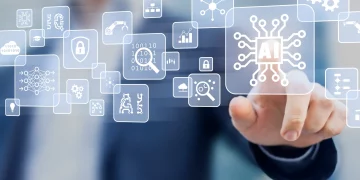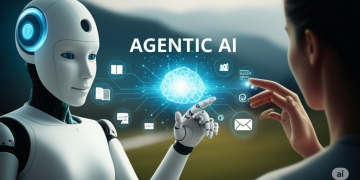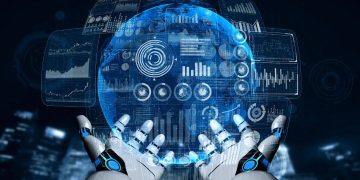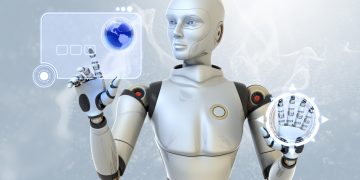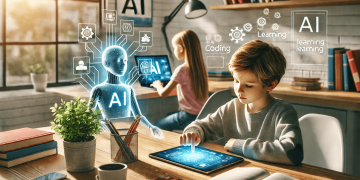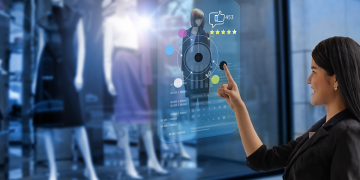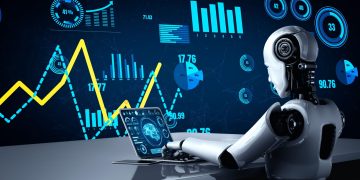Deep learning, a subset of machine learning modeled on the human brain’s neural networks, has rapidly transformed from an academic discipline into a cornerstone of global industrial innovation. Recent advances—ranging from transformer architectures and foundation models to diffusion models and multimodal learning—are reshaping not only how companies solve problems, but how they compete.
As these cutting-edge techniques mature and become more accessible, they are catalyzing a new wave of competition across nearly every industry, from healthcare and finance to manufacturing, retail, and beyond. This article explores how the latest deep learning technologies are intensifying rivalry, redrawing value chains, and redefining what it takes to lead in the AI-driven economy.
1. What’s New in Deep Learning?
Before diving into industry impacts, it’s important to understand the technological breakthroughs driving this shift.
a. Foundation Models and Transformers
Large models like OpenAI’s GPT-4, Google’s Gemini, Anthropic’s Claude, and Meta’s LLaMA 3 use transformer architectures to process and generate human-like language, images, and code. These general-purpose models are being fine-tuned for specialized business functions.
b. Multimodal Learning
The fusion of language, vision, audio, and even sensor data into unified models (e.g., GPT-4o, Gemini 1.5) is enabling systems that understand the world holistically, offering new product experiences and automation pathways.
c. Diffusion Models and Generative AI
Used in image and video generation (e.g., DALL·E, Midjourney, Sora), diffusion models are reshaping media, advertising, and content creation.
d. Self-supervised and Few-shot Learning
These methods reduce the need for labeled data and enable models to learn new tasks with minimal examples, making it easier for businesses to adopt and customize deep learning for niche needs.
e. Edge AI and Model Compression
Techniques for running large models efficiently on local devices are expanding real-time applications in healthcare, automotive, and mobile industries.
2. Industry-Level Disruption: Where the Competition Heats Up
a. Healthcare: From Diagnosis to Drug Discovery
- AI-powered diagnostics (e.g., imaging interpretation, early disease detection) now outperform human radiologists in certain contexts.
- Deep learning in genomics and drug discovery is cutting R&D costs and time, enabling smaller biotech firms to compete with pharmaceutical giants.
- Hospitals are adopting deep learning for patient monitoring and personalized care, intensifying competition between tech-enabled clinics and traditional providers.
b. Finance: Predictive Power and Fraud Detection
- Investment firms use deep learning for market prediction, portfolio optimization, and real-time trading, creating an AI arms race.
- Banks employ deep neural networks for fraud detection, credit scoring, and automated underwriting, forcing slower-moving competitors to adapt or lose ground.
c. Retail and E-commerce: Personalization and Automation
- Retailers use deep learning to drive hyper-personalized recommendations, dynamic pricing, and inventory forecasting.
- Generative AI now powers customer service, product descriptions, and marketing content, giving early adopters a branding and operational edge.
d. Manufacturing and Industry 4.0
- Predictive maintenance, visual quality control, and intelligent supply chains all increasingly rely on real-time deep learning models.
- Companies using digital twins and AI-driven automation reduce downtime and costs, pulling ahead of competitors still relying on legacy systems.
e. Media, Entertainment, and Advertising
- Generative AI is revolutionizing how content is created and consumed. Studios and agencies can now produce films, ads, and music faster and cheaper.
- Smaller players can compete creatively with major studios by leveraging deep learning tools, lowering the barrier to entry.
3. How Deep Learning Is Changing the Rules of Competition
a. Speed and Agility Become Critical
Firms that can quickly integrate and iterate on deep learning solutions gain first-mover advantage in launching new products, services, or cost efficiencies.
b. Data as a Strategic Asset
The best-performing models rely on proprietary data. This has led to data wars, where companies race to acquire, protect, and refine datasets as sources of competitive advantage.
c. Talent and Infrastructure Divide
Leading firms are investing heavily in AI talent, high-performance computing, and custom AI chips. The gap between AI-native and AI-lagging companies is widening fast.
d. Vertical Integration of AI
Companies are increasingly building their own deep learning stacks—from raw data ingestion to fine-tuned deployment—allowing them to create domain-specific, proprietary AI systems that are hard to replicate.
e. AI-Native Business Models
New startups are being built with AI at the core, enabling radically different operating models. Incumbents must rethink traditional structures to remain competitive.
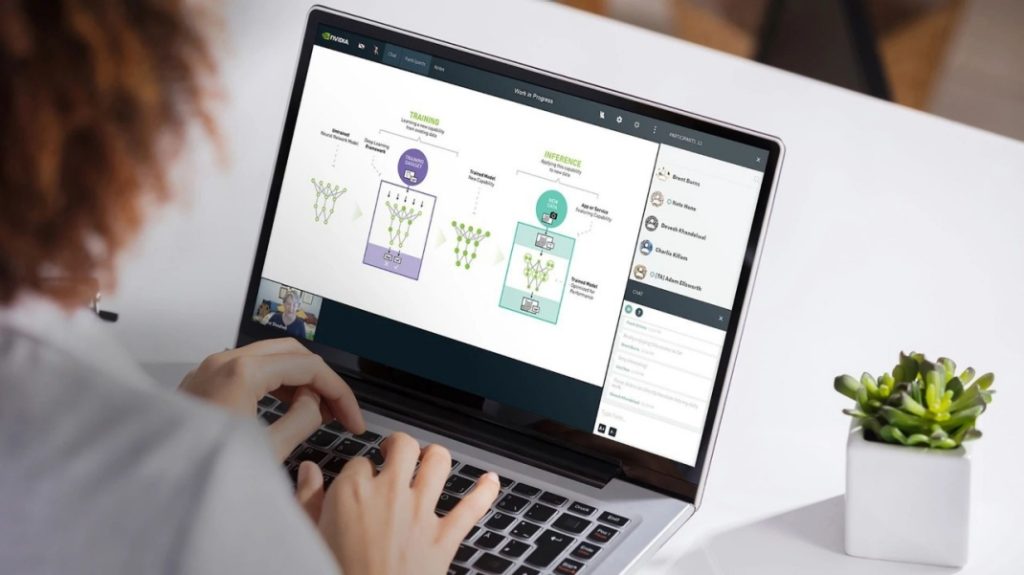
4. Strategic Risks and Ethical Pressure Points
As competition intensifies, so do the risks:
- Bias and fairness: Unchecked deep learning models can reinforce systemic bias, leading to reputational and legal risks.
- Security: Deepfake technologies and adversarial attacks are rising, especially in media and cybersecurity domains.
- Regulatory headwinds: Governments worldwide are crafting policies to regulate AI deployment, including rules around transparency, explainability, and accountability.
- Cost and carbon footprint: Training massive models consumes vast energy and resources—raising sustainability concerns.
5. What Will Differentiate Leaders from Followers?
In a world where access to models is increasingly commoditized (via APIs and open-source platforms), true differentiation comes from:
- Superior data assets
- Deeper domain knowledge
- Integrated AI strategies (not siloed experiments)
- Ethical design and transparency
- Faster feedback loops and adaptive learning systems
Companies that can combine cutting-edge deep learning with industry expertise and responsible AI practices will define the next generation of global leaders.
Conclusion: A New Competitive Paradigm
Deep learning is no longer a research novelty—it’s a strategic imperative. The latest innovations are empowering organizations to automate decisions, create new forms of value, and engage customers in radically personalized ways. But with this power comes unprecedented competition.
As industries embrace AI-driven transformation, the pace of change is accelerating. Winners will be those who not only deploy the best models but also build the most agile, ethical, and innovation-ready cultures.
The deep learning race is on—and it’s redefining what it means to compete in the 21st-century economy.





